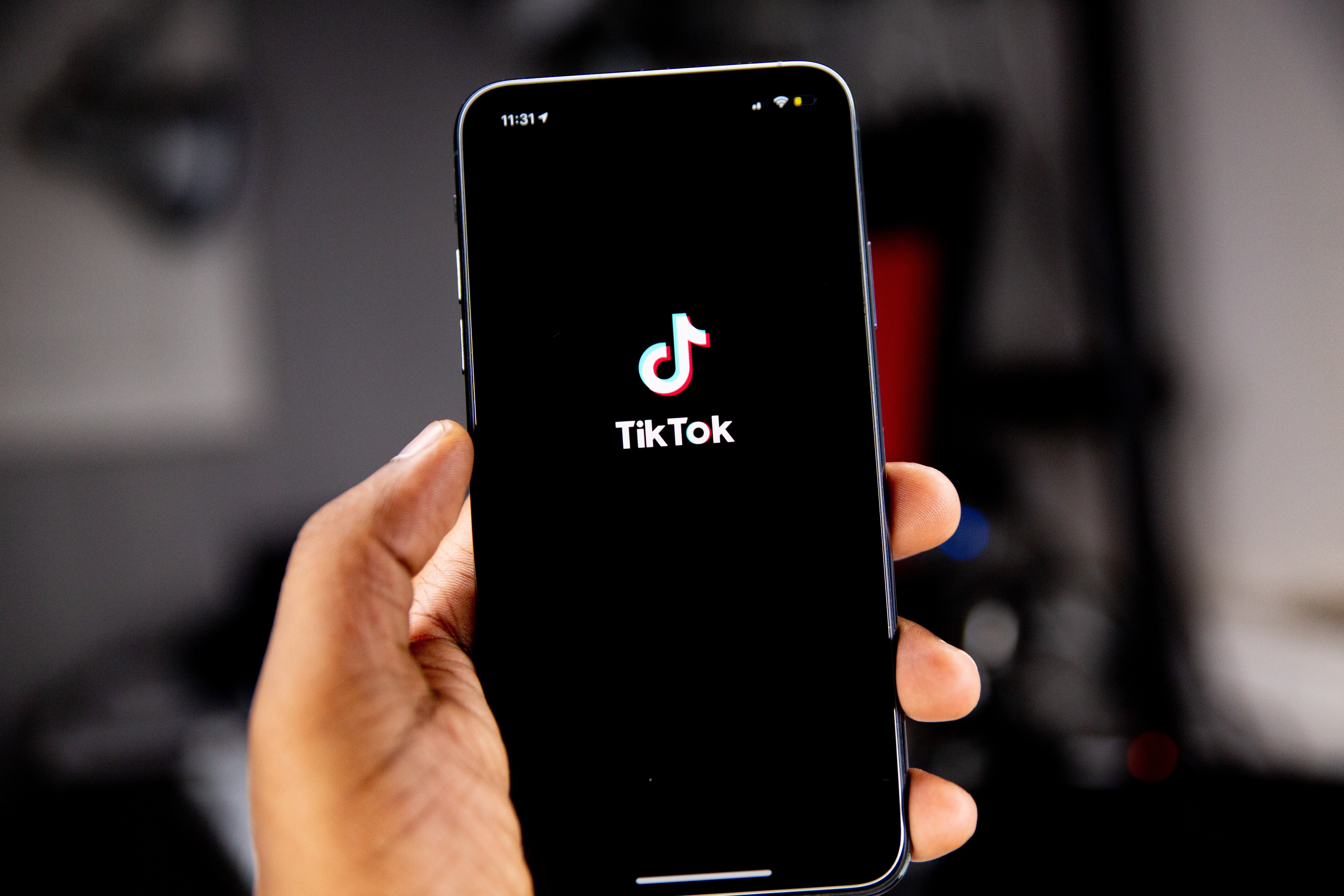RESOURCES
Creating a Professional Development Plan? Follow These Steps
A professional development plan is a document written by you and for you in order to establish your goals and plans each year. In short, it's the plan you make for your own growth.
At growth-focused companies, every employee has a professional development plan. You work on the plan with your manager and pull in other resources as needed, and the end result is a working document that keeps you focused and accountable. The Code3 People Team works with employees across our company to advise on professional development plans and we're excited to share our expertise.
Keep reading to find out everything you need to know about professional development plans, why you need one, and how to get started.
What's a Professional Development Plan?
We grow and change a lot throughout our careers, and so do our goals and responsibilities. So, it's important to develop a professional development plan each year of your career. These plans can be called several things, but at Code3 we refer to them as individual growth plans, or IGPs.
Your plan is a document created by you to lay out your goals for the next year and the specific areas you want to grow. Your manager will work with you on your IGP and review it with you throughout the year. IGP's should be:
Personalized: Everyone’s IGP will and should look different from each other. It is based on your personal skills and how you yourself would like to develop them and in which areas.
Goal-Focused: IGPs should focus on the specific skills and goals you’re looking to achieve in your career. They should be rooted in defined goals that can be tracked and measured over time.
Evolving: Your IGP is not stagnant and should always be changing to reflect new ways you’d like to develop and new skills to obtain.
Measurable: Your IGP should have actionable steps that you can take and progress you can track toward each of the goals.
Flexible: IGPs can change over time and can adapt to your growth. Unlike KPIs that need to be attained within a given timeframe, the speed at which you reach your IGP goals is up to you.
Collaborative: Your manager will be able to help you develop our IGP and also provide you with resources and support to reach your IGP goals.
Goal-Setting Theory
Goal setting involves the development of an action plan designed in order to motivate and guide a person or group toward a goal. Setting goals means that a person has committed thought, emotion, and behavior toward attaining the goal.
Remember that a goal is not the same as a tactic. A goal is the broad, primary outcome that you’re striving to reach. It’s the result of the plan that you create and follow. A tactic is a tool or individual steps you take to reach a goal. It helps you move forward in reaching your end result.
Here are some best practices to follow when setting goals for your IGP.
Five Principles of Goal-Setting
Clarity: When your goals are clear, you know what you're trying to achieve. You can also measure results accurately, and you know which behaviors to reward.
Challenge: It’s important to set a goal that will challenge you but is also realistic. Goals should motivate you and spark your interest.
Commitment: Your goals are exactly that… yours! You should feel committed to achieving them because they align with your ambitions and development.
Feedback: Your manager will be able to provide you with thoughtful feedback on your goals and progress in your scheduled IGP discussion sessions
Complexity: When setting goals, consider how large or complex they are and allow yourself more time to achieve them. Breaking them up into smaller steps helps as well.
Get S.M.A.R.T.
The S.M.A.R.T. theory for goal-setting can help you pick the right goals and follow through on them.
Specific: The more specific a goal is, the more effective you can be at achieving it. Think about how to accomplish it, who’s responsible, and what steps to take.
Measurable: How are you going to know if you’re successful in your goal? It’s important to determine how you’re going to track progress toward the goal
Achievable: Again, goals should be realistic. Is this something you can actually accomplish with the resources you have available to you?
Relevant: This is the time to take a step back and think about the why behind your goal. What is the purpose of this goal and how does it tie into your growth?
Time-Bound: In order to measure and track your goal, there needs to be a timeline for it. This will help you focus on it and think about why you might not be hitting goals.
Creating and Updating Your Professional Development Plan
As you create your professional development plan, use goal-setting theory and the S.M.A.R.T. goal-setting tactic. You can also use the following resources to help you write your plan.
Job Research: Use the job description for your role to identify your current strengths and areas for opportunity in your growth, and tie those areas into your IGP. You can also look at the job descriptions for other positions and do the same exercise to inspire your growth goals.
Growth Tracks: Our teams use Lattice, which has a feature where you can view the Growth Tracks for a number of roles and teams that outline expectations and tasks for each position level. This will further show areas you can grow in to reach the next step in your career. We suggest using this tool or one like it.
Your Manager: You should be having monthly IGP conversations with your manager. Use them to help come up with ideas for tactics you can use to reach your goals and ask them for feedback on your progress.
Your Network: Career growth is different for everyone! Networking is a great way to learn from others how they developed in their career. Reach out to others in your network who have a career that you admire and set up time to chat with them about it.
A professional development plan will look different for everyone. The point is that they are individual, created by you and for you. Your role, years of experience, and comfort level in your role will all affect your plan. For example, someone in a junior role who isn't sure just yet about their path will have a very different IGP from a person with ten years of experience who knows they want to move up in seniority. The most important things are, to be honest, be open-minded, and to get comfortable with adapting your plan as you go.
And of course, to reach out to your manager or trusty people team members at your company for help.
Want to learn more about what we do? Contact us now, we'd love to hear from you.
SIMILAR POSTS YOU MIGHT BE INTERESTED IN:
SIGN UP FOR OUR WEEKLY NEWSLETTER

News, Views, and Valuable Resources
Delivered to Your Inbox Each Week




